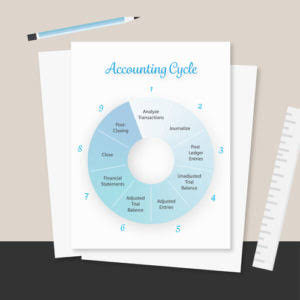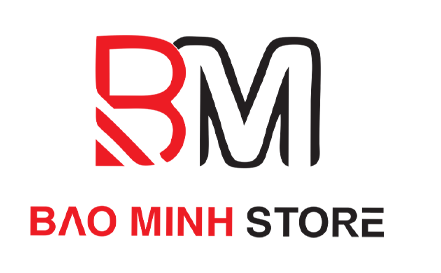Bookkeeping
What is Standard Costing? Definitions, Objectives, Applications, Advantages

Asset management is a system that helps companies to keep a record of all their assets, such as instruments, machinery, and expenses. The process also reduces the possibility of recording ghost assets, since all the assets are well accounted for. Standard costing aids in payroll creating realistic budgets and effective resource allocation, helping businesses plan for the future with greater confidence. Once the three calculations have been done, they are all added together to create a single standard cost for the company. After a comprehensive review of the standard cost inventory system, it is clear that there are strengths and weaknesses to consider. On the plus side, this system provides excellent uniformity and orderliness.
To help in Future cost estimation
While standard costs and budgets serve different purposes, they are essential in financial management. Understanding the difference between the two can help you make better decisions for your business. Other early adopters of standard costing included General Motors and Chrysler.
- With enough dedication and effort, you can gain a comprehensive knowledge base in the cost accounting field.
- Document your standards comprehensively with standard cost sheets detailing the components of each product’s cost.
- Make or buy decisions are usually complex and require a careful analysis of all relevant factors before making a decision.
- Standard costing is a subtopic of cost accounting, with the primary difference being that cost accounting assigns “standard” costs, rather than actual costs, to its cost of goods sold (COGS) and inventory.
- While variance analysis is a key aspect of standard costing, the process can be complex and sometimes misleading.
- Since the company’s external financial statements must reflect the historical cost principle, the standard costs in the inventories and the cost of goods sold will need to be adjusted for the variances.
What is Standard Costing in accounting? Variance, Standard cost formula, advantages and disadvantages

Several strategies can help improve the quality of these insights and enable better decision-making. One helpful strategy is standard costing, which entails establishing costs for inputs such as labor, materials, and overhead. what is standard costing This is because standard costs are based on averages and do not consider the specific circumstances of each case. As a result, businesses may make decisions that are not in their best interests. First, standard costs are often based on historical data, which may not represent current conditions. Second, standard costs can be inflexible, making responding to market or business environment changes difficult.
- Your direct labor cost would be $75 if it takes five hours to make a product, and you pay your employees $15 an hour on average.
- Companies that deal with adverse conditions may opt for applying standard costing.
- Standards can be fixed for any element of cost e.g., material, labour, overheads etc.
- Supposing, in a concern, material costs are of vital importance whereas undue emphasis has been laid down on labour costs, the system would not bring desired results.
- With actual costing, management will need to track all the inventoriable costs to ensure they are all captured before amounts for inventory and cost of sales can be finalized.
- Failing to adjust the standard cost for production variances affects the income statement’s cost of goods sold account.
Why do standard costs matter? Standard Costing
In other words, the balance sheet will report the standard cost of $10,000 plus the price variance of $3,500. If the direct labor is not efficient when producing the good output, there will be an unfavorable labor efficiency variance. That inefficiency will likely cause additional variable manufacturing overhead which will result in an unfavorable variable manufacturing overhead efficiency variance. If the inefficiencies are significant, the company might not be able to produce enough good output to absorb the planned fixed manufacturing overhead costs. This in turn can also cause an unfavorable fixed manufacturing overhead volume variance. In Interior Design Bookkeeping addition to enhancing forecasting accuracy, standard costing also aids in performance evaluation.
- Manufacturers frequently use Standard Costing with steady, well-established processes and inventory levels than others.
- Additionally, you would need to train your employees on the new costing methodology and ensure they are comfortable using it.
- Instead of guessing what things might cost next quarter, you’ve got predetermined figures for materials, labor, and overhead that serve as reliable building blocks for financial planning.
- Use a standard overhead application rate instead of actual aggregating costs into cost pools for inventory allocation if it takes too long.
- Production works with purchasing to determine what material will work best and be cost-efficient.
- Therefore, it is essential that managers have a good understanding of the concept and can track progress toward the target.

It is important to note, however, that maintaining a standard costing system can be quite resource-heavy and is thereby more suited to larger companies. Today, we’ll review what standard costing is and if it’s right for your business. Production is usually articulated in physical units such as tons, pounds, gallons, numbers, kilograms, liters, etc.



